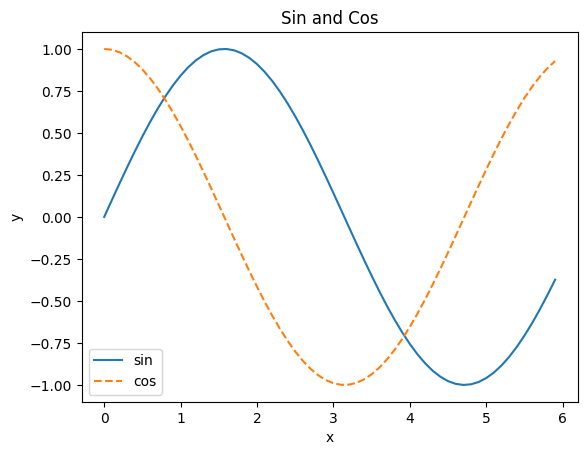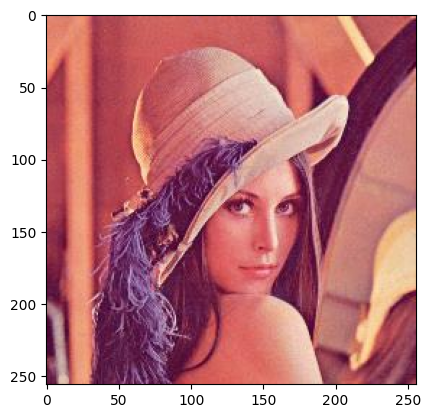python 入门
因为我已经工作用 python2/3 几年了,语言部分基本没有阻碍,所以这部分只做了粗读。
python 版本选择
考虑生态,pytorch 和 tensorflow 目前二进制 whl 包都只针对 python3 提供,python3 目前又处于快速发展中,所以选一个相对新的版本是必须的。
这里我准备先用 python 3.9 。完整架构是 cp39m-win-amd64 。如果书中案例在这个版本跑不起来我尽量改到可以在这个版本跑。
依赖库
书中说法是从零开始,依赖仅限 numpy 和 matplotlib 。姑且听之。
因为没啥二进制包依赖需要走编译流程的,所以就不用 anaconda 了。 anaconda 真的很重量级,占空间。
初始化环境
我把所有练习放在同一个 python 包下面,依赖使用 pyproject.toml 管理。
Linux
python39 -m venv .venv
source .venv/bin/activate
python -m pip install -U pip
pip install -r requirements.txt
Windows
py -3.9 -m venv venv
. .\venv\Scripts\activate.ps1
pip install -r requirements.txt
检查
import sys
import numpy as np
import matplotlib as mpl
print('Python', sys.version)
print(sys.version_info)
print('numpy', np.__version__)
print('matplotlib', mpl.__version__)
Python 3.11.7 (tags/v3.11.7:fa7a6f2, Dec 4 2023, 19:24:49) [MSC v.1937 64 bit (AMD64)]
sys.version_info(major=3, minor=11, micro=7, releaselevel='final', serial=0)
numpy 1.26.2
matplotlib 3.8.2
numpy 基本运算
element-wise 逐元素运算
import numpy as np
# 定义数组
print('数组定义')
arr = np.array([1.0, 2.0, 3.0])
print('numpy.array', arr)
# 多维数组逐元素计算
print('-'*79)
print('多维数组逐元素计算')
x = np.array([1.0, 2.0, 3.0])
y = np.array([2.0, 4.0, 6.0])
# 维度和长度必须相等才能运算
# 对应元素的加减乘除 (element-wise)
print(f'x: shape{x.shape}, x = ', x)
print(f'y: shape{y.shape}, y = ', y)
assert x.shape == y.shape
print('x + y = ', x+y)
print('x - y = ', x-y)
print('x * y = ', x*y)
print('x / y = ', x/y)
# 广播
print('-'*79)
print('广播计算')
print('x * 2 = ', x*2)
print('x / 2 = ', x/2)
数组定义
numpy.array [1. 2. 3.]
-------------------------------------------------------------------------------
多维数组逐元素计算
x: shape(3,), x = [1. 2. 3.]
y: shape(3,), y = [2. 4. 6.]
x + y = [3. 6. 9.]
x - y = [-1. -2. -3.]
x * y = [ 2. 8. 18.]
x / y = [0.5 0.5 0.5]
-------------------------------------------------------------------------------
广播计算
x * 2 = [2. 4. 6.]
x / 2 = [0.5 1. 1.5]
矩阵算数
# 多维矩阵
x = np.array([[1, 2], [3, 4]])
print(f'x: {x.shape}, dtype={x.dtype}\n', x)
# 矩阵算数运算
y = np.array([[5, 6], [7, 8]])
print(f'y: {y.shape}, dtype={y.dtype}\n', y)
print('x + y =', x+y)
print('x - y =', x-y)
print('x dot y =',x.dot(y))
x: (2, 2), dtype=int32
[[1 2]
[3 4]]
y: (2, 2), dtype=int32
[[5 6]
[7 8]]
x + y = [[ 6 8]
[10 12]]
x - y = [[-4 -4]
[-4 -4]]
x dot y = [[19 22]
[43 50]]
pyplot 绘图
import numpy as np
import matplotlib.pyplot as plt
x = np.arange(0, 6, 0.1)
y = np.sin(x)
y2 = np.cos(x)
plt.plot(x, y, label='sin')
plt.plot(x, y2, linestyle='--', label='cos')
plt.xlabel('x')
plt.ylabel('y')
plt.title('Sin and Cos')
plt.legend()
plt.show()
image_path = '../dataset/lena.png'
lenna = plt.imread(image_path)
plt.imshow(lenna)
plt.show()

